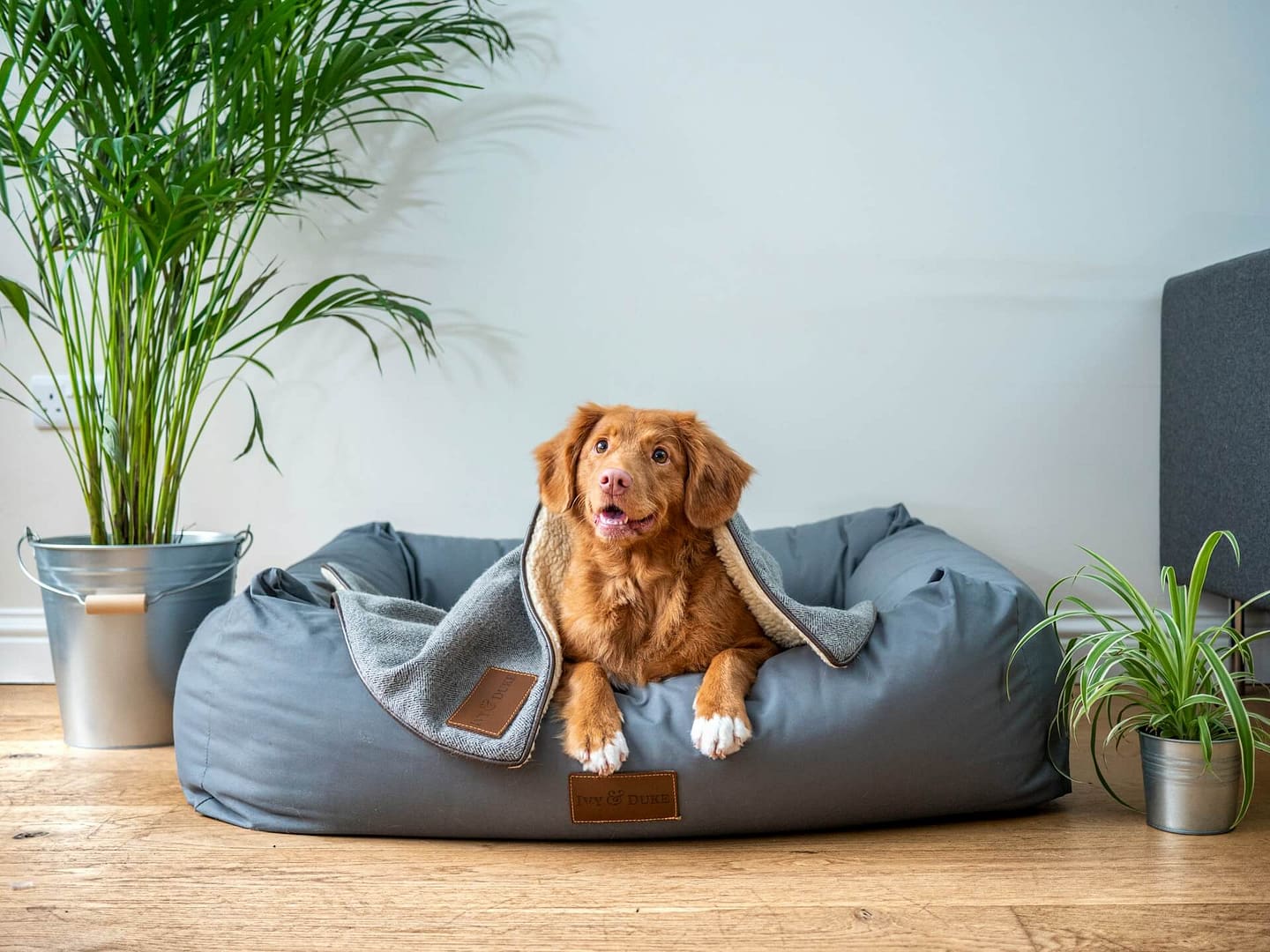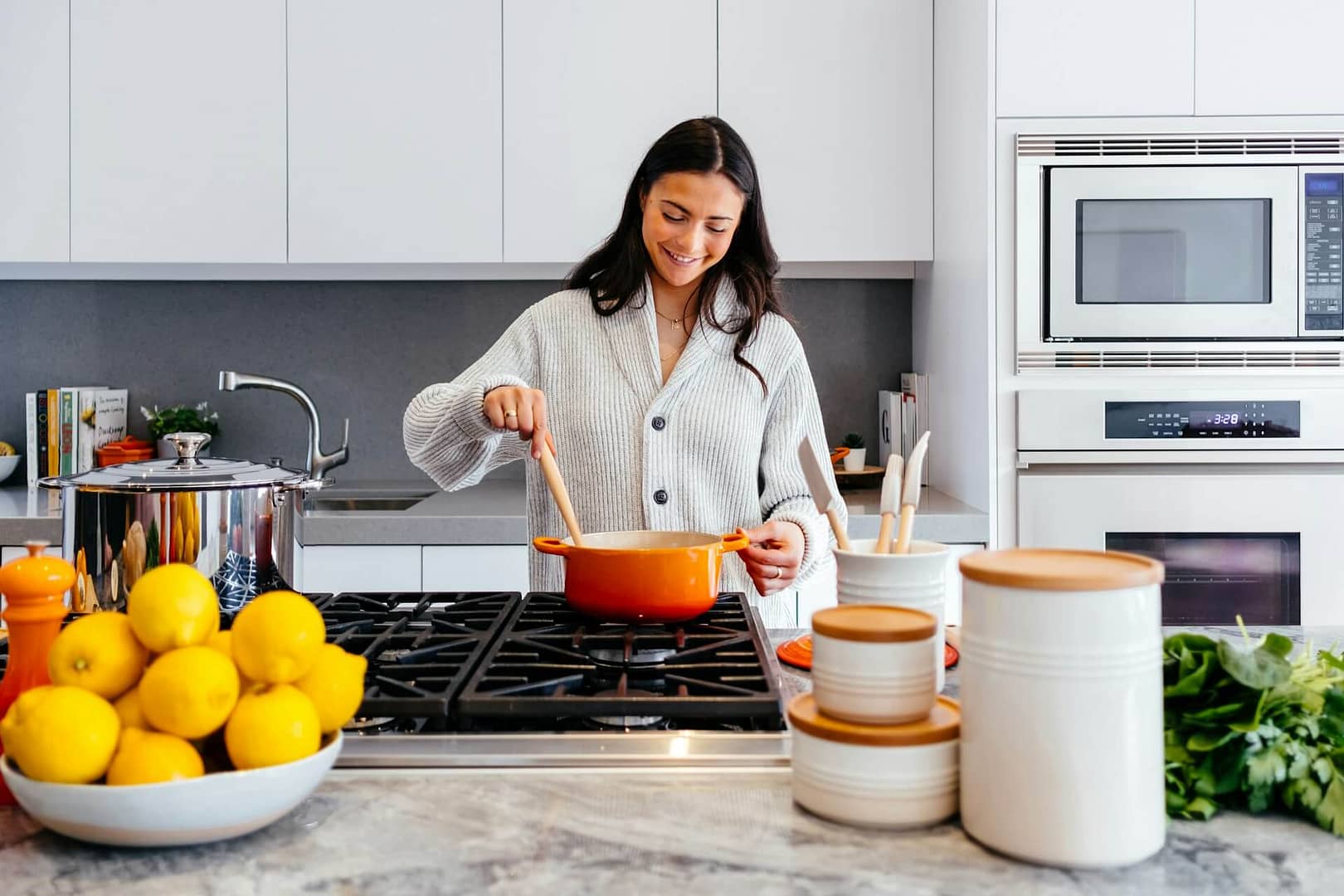Living in a Clean Home with Pets
Pets come with hair, smells, and the occasional muddy paw. That doesn’t mean your home has to feel like a kennel. A few adjustments to your routine can keep things fresh, even with pets in every room.
The trick isn’t constant cleaning. It’s consistency. Small habits — done daily or weekly — have more impact than marathon sessions. Most people don’t need to clean more. They just need a plan that fits the way they live with animals.
A clean home with pets is possible. It won’t always be spotless. But it can feel good. The air can stay light. The floors can stay clear. You can sit on the couch without brushing off a layer of fur.
What matters is setting up your space to work for both you and your animals. They live there too. Your routine should work for everyone.
Start with the Right Tools (and Use Them Often)
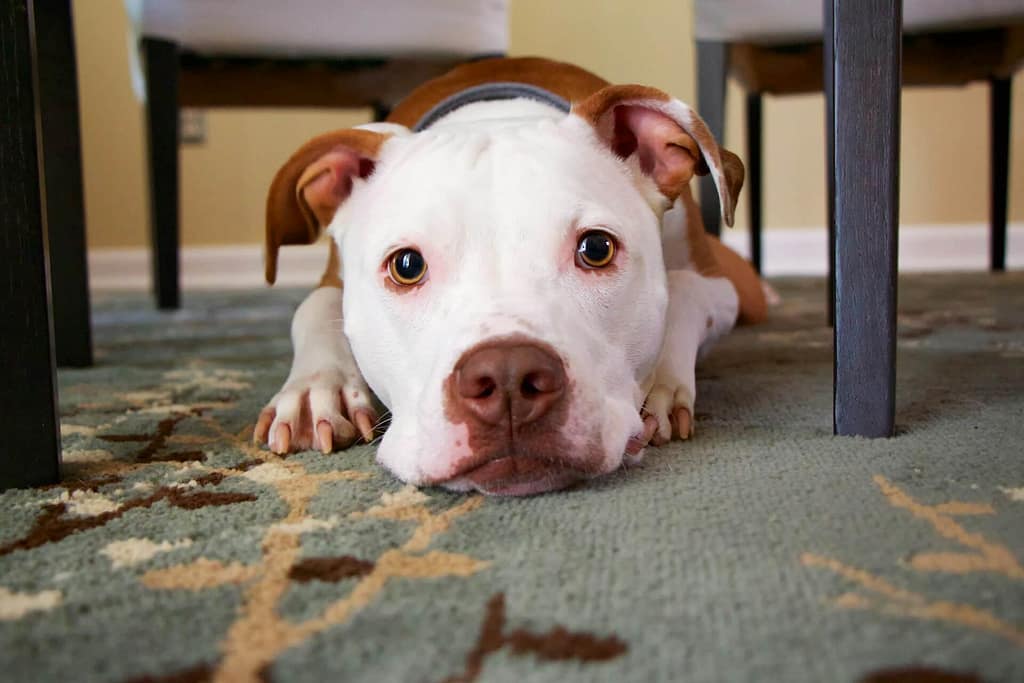
You don’t need a closet full of gadgets. You need a few things that work — and you need them where you can actually grab them.
The right tools don’t just clean better. They make cleaning possible when you’re tired, distracted, or already dealing with three tufts of hair and a muddy paw print near the door.
Start with the basics. If you’ve got hardwood floors or tile, a broom with soft bristles can move hair without just scattering it. On carpet? Go for a vacuum with power — not a toy model that sounds busy but leaves hair behind.
Vacuums Built for Pet Hair
You’ll hear pet owners talk about brush rolls and tangle-free heads like they’re car parts. And for good reason. A vacuum that jams every time it hits a corner is a vacuum that won’t get used.
Look for one that handles fur without clogging up. HEPA filters help too — not just for allergies, but for pulling that dusty smell out of the air. Cordless models are great if they last more than 15 minutes. If not, don’t waste your money.
Covers, Mats, and Everything Washable
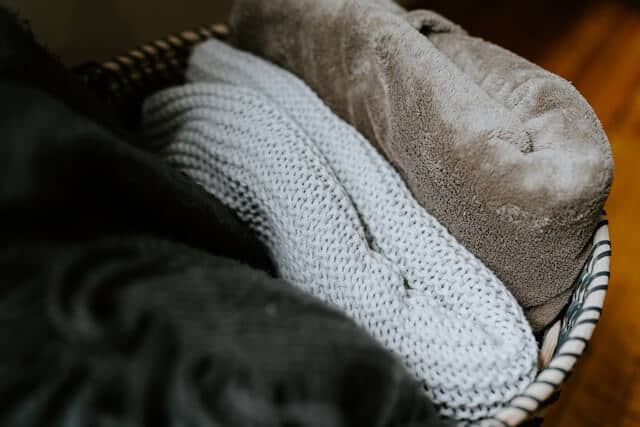
Dogs jump on the couch. Cats curl up on the back of a chair. You’re not going to train that out of them — and you don’t have to.
Just cover those spots with something you can toss in the wash. That’s it. No drama. No scrubbing. Just pull the throw, shake it outside, wash it on cold, and move on with your day.
Mats near doors help trap dirt from paws. A small rug under a litter box keeps tracked grains off the floor. Washable = reusable = less stress.
The Little Stuff That Adds Up
A stiff-bristle brush for the sofa. A microfiber mitt for baseboards. A hand vac for stairs. These are the things you reach for without thinking.
That’s the goal — not fancy gear, but tools you’ll actually use on a regular basis because they’re easy, effective, and fast.
If you have pets, the mess will show up. These small changes make a clean home with pets feel less like a chore and more like a steady rhythm.
What to Clean Daily vs. Weekly
Not everything needs to be cleaned every day. But a few things absolutely do — especially if you have pets who shed, drool, scatter litter, or just enjoy being furry chaos machines.
You don’t need a cleaning schedule taped to the fridge. But it helps to know which tasks keep the house from sliding into disarray when done regularly. A little each day holds the line. Weekly routines take it further. A clean home with pets doesn’t come from deep cleaning once a month. It comes from doing a few things often — and doing them well.
Daily: Quick Wins That Keep Things Livable
Some tasks don’t even feel like cleaning once you build the habit. Shake out a blanket. Wipe down the mat under the water bowl. Sweep the hallway your dog charges down after every walk.
If it takes less than two minutes, it belongs in your daily loop.
Look around each evening. If fur is piling in corners, grab the broom. If the litter box smells, scoop it. If your cat’s favorite sun spot is leaving hair on the windowsill, run a lint roller over it. These aren’t big jobs. But they matter.
Check the food and water bowls. Wash them if they look cloudy or if someone’s been chewing on the edge. Change the water. Wipe the splash zone.
The goal isn’t a spotless home. It’s to keep messes from turning into problems.
Weekly: Deeper Cleaning That Doesn’t Feel Like a Chore
Once a week, choose a few things to go beyond the surface.
Vacuum under the couch. Hit the cushions and the rug with the good vacuum — not the tiny handheld one that sounds impressive but picks up nothing. Wash a pet bed, or if it’s too bulky, at least strip the cover and clean that.
Clean around crates, litter boxes, or cages. Not just inside — the floor, the baseboards, and the wall next to it. Smell lives in corners.
Mop the floors if they’re hard surface. Don’t wait until your socks stick.
And rotate. Week 1 you wash the bed. Week 2 the blankets. Week 3 it’s the throw pillows. That’s how you stay ahead without spending a whole Sunday scrubbing.
Handling Pet Odors Without Harsh Chemicals
Smells are part of life with animals. But they don’t have to take over your home. Odors settle in soft things — rugs, cushions, pet beds. That’s where to start.
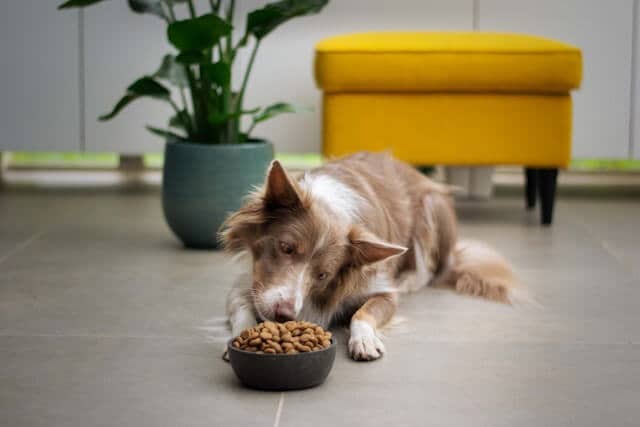
Vacuuming helps, but it doesn’t pull out everything. Most pet owners get better results by using baking soda once a week. Sprinkle it on fabric surfaces, let it sit, then vacuum it up. It helps absorb the stuff that causes smells, not just mask it.
Clean the areas around litter boxes, crates, or feeding stations often. Those are the hotspots. Even if they don’t look dirty, they hold odor.
Open windows when you can. Use washable mats near doorways and water bowls. Rinse out food bowls daily. These small moves keep things fresh without relying on sprays or fragrance.
If you do use a spray, check the label. Look for something labeled as pet-safe and avoid anything with artificial scent boosters or ammonia. When the air smells neutral, it means you’re winning.
Choosing Pet-Safe Cleaning Products
You can’t stop your dog from licking the floor. You can’t convince your cat not to sit where you just wiped down the counter. That’s why the products you clean with matter.
Labels can be misleading. “Natural” doesn’t mean safe. “Eco-friendly” doesn’t mean non-toxic. Even products marked “pet-safe” can contain ingredients that irritate paws, noses, or stomachs — especially when used every day.
Look for what’s not in it. No ammonia. No bleach. No synthetic fragrance blends. If the bottle doesn’t list every ingredient, or if it smells like a chemical fruit salad, it’s probably not a great choice for homes with pets.
Safe Basics That Work
You can clean a lot with warm water and a few staples:
- Dish soap (unscented) for most surfaces
- White vinegar and water for glass, tile, and sealed wood
- Baking soda for stink and soft fabrics
- Hydrogen peroxide for spots, stains, and mild disinfecting
These won’t leave a film behind. They won’t burn your pet’s paws. They don’t foam dramatically or promise miracle shine — but they do the job.
And more importantly, they let you clean regularly without worrying about long-term buildup or exposure.
Looking for help with fabric surfaces? Our Upholstery Cleaning service is pet-conscious and safe for use around animals.
When You Want Store-Bought Products
Some people prefer ready-to-use cleaners. That’s fine — just be picky.
Look for brands that are transparent about their ingredients. Products developed for use in vet clinics or animal shelters are often a safer bet. Avoid disinfectants made for industrial or hospital settings unless you’re following a specific vet’s guidance.
Sprays, wipes, floor cleaners — they all have their place. But they don’t belong everywhere. Never use anything harsh around food bowls, litter boxes, or soft toys. And if something smells “clean” for six hours after spraying, it’s probably still lingering in the air your pet is breathing.
Cleaners should do their job and disappear. That’s the standard. The safest way to maintain a clean home with pets is to use simple products that work without risking their health.
Bonus Tips for Multi-Pet Homes
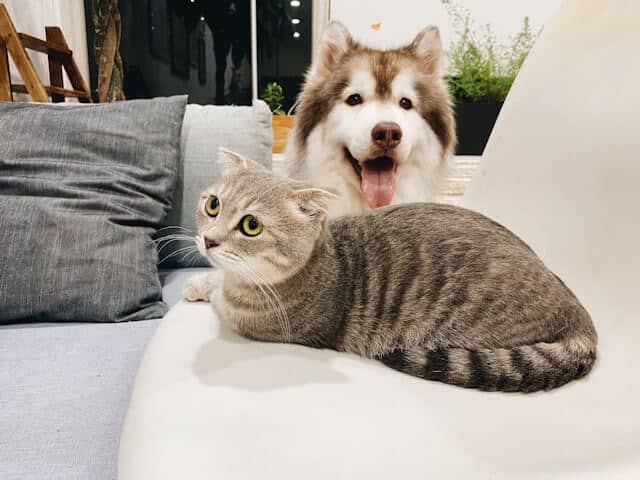
More pets means more fur. More dishes. More corners to sniff. It also means more cleaning — unless you set a rhythm.
Start with zones. Each pet should have a spot that’s theirs. A crate, a bed, a throw rug near the window. Something washable. Something that catches hair before it travels.
Shared areas matter most. Feed in the same spot every day. Keep toys in one basket. Vacuum the couch twice as often as the spare room. These little things keep the mess contained, even if the pets aren’t.
Change out the bedding more often than you think. Same goes for toys. Fur and scent spread faster when there are two (or three) animals sharing one plush hedgehog.
A small air purifier in the bedroom goes a long way. Especially if you have pets that shed or kick up dander. It won’t solve everything, but it helps.
In a clean home with pets, every corner has a purpose — even the ones they nap in.

